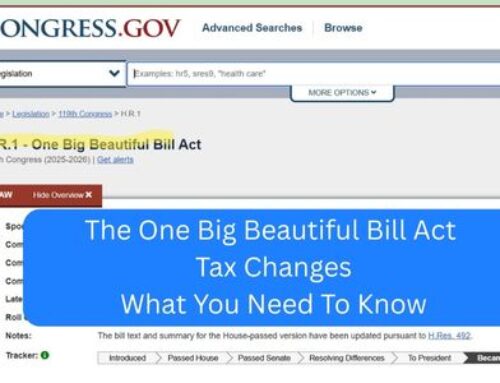Taxes during your working years are significant, but if you’re a standard W-2 worker there aren’t that many levers you can pull to change your tax situation. Yes, you can contribute to retirement accounts that may defer taxes, wait to sell an investment until it’ll be taxed at longer term rates, or maybe you can bunch donations to be able to itemize your taxes one year, but you’re typically going to pay based on your income.
In retirement that usually changes. Taxes in retirement can be extremely complex. But taxes in retirement can also present significant savings opportunities. You may have a pension and after you claim, you’ll start getting Social Security. Beyond that, you’re using savings or assets sales to provide enough money for your expenses. Assuming you have investments in taxable, Traditional, and Roth accounts gives you significant flexibility to control your taxes.
- If you’ve managed to accumulate significant assets, the first question you need to answer is…Who are you tax planning for.
- If you’re married, are you tax planning for 2 (both of you still alive), 1 (after the first spouse passes), or 0 (your heirs)?
- If you’re single, are you tax planning for 1 (you) or 0 (your heirs)?
Why does it matter? Let’s look at a couple examples. We’ll assume that our couple Jack (68) and Jill (64) $500,000 in a taxable account, $100,000 in a Roth account, $1,000,000 in Traditional IRAs (Jack $750,000 and Jill $250,000). They’ve got 2 kids who are 40 and 37. Jack has a military pension and they’ll both get Social Security. They estimate they’ll only need about $30,000 per year from savings once they start taking Social Security (Jack at 70 and Jill at 67).
They’ve got 7 years until Jack will have Required Minimum Distributions (RMDs) from his Traditional accounts. It will probably make sense to do some Roth Conversions…especially in the next two years before Jack starts receiving Social Security. Let’s say they decide to do that, but don’t want to be too aggressive because of IRMAA (additional Medicare costs based on income) and wanting to stay in the 22% tax bracket. They figure they can chip away at it over the 7 years and then use the RMDs to make up the $30,000 spending need in the future.
But what if something happens to Jill? If Jill unexpectedly dies, Jack will still have his pension, will start receiving Social Security and now be in the single tax bracket. Once the RMDs start he will probably be in at least the 24% tax bracket. If they had planned for this, they could have done more Roth Conversions while they were getting taxed as a married couple even if it would have pushed them into a higher tax bracket.
If you know you’ll have significant assets that will pass to your heirs or you’re having discussions with your aging parents, it can often make sense to complete Roth conversions if they pay a lower rate than their heirs. The new 10-year limit on inherited IRAs means that the heir could see a significant tax bill if they are in their prime earning years. If they inherit a Roth account, they still need to close it within 10 years, but it’ll be tax-free income.
These considerations are important and can shift throughout retirement. You may start planning for 2 and a medical diagnosis could shift you to planning for 1 or you could see that you’re definitely going to have money going to your heirs and start thinking about the best way to do that and shift to planning for 0.
Liked this article, check out this one on tax strategy.



